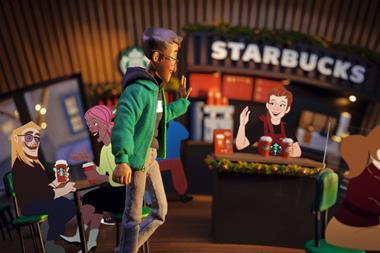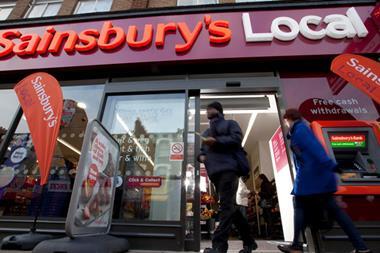Shoppers can appear to be contrary beasts. You feel like you give them everything, convenient locations, great range and the best prices and still they don’t buy! And in our current austere economy, maximising sales has never been more important.
What else can you do?
For the past 20 years I have studied shopper behaviour and the way customers interact with stores. So much of the purchasing decision-making process is emotional and only partly driven by the bare facts of lowest prices. Whether it’s the weekly shop or a new coat, we need to feel right to decide to buy.
So many things can upset the apple cart. It starts in the car park which, after all, is the start of our shopping journey can we park easily and get our hands on the right trolley or basket? Sometimes the store entrance isn’t easy to navigate, cluttered with ATMs, flowers, newspapers and lottery ticket sales.
Anything other than a straightforward, easy to navigate entrance is likely to detract from our mood, reducing our propensity to buy. Once we are inside the store how is the navigation? Can they find the things that they want easily or will your customer perceive that “you keep moving things around”?
Taking time to map customer journeys in-store to see where they go and why can be very insightful. This doesn’t have to be an expensive, hi-tech process, but simply a commonsense look at the hard facts of the way people shop the store. It can show you a thousand ways in which you can improve the shopping experience, increase basket size and make life easier for your staff.
The way you allocate service in-store has a big impact on shoppers’ perceptions of your brand. How would I get help when I need it? What do I have to do? How have you organised those moments of truth at the deli counter, the checkout and the kiosk to ensure that your customers get fairer, faster service. Does it feel good? How can you tell?
Perception is the new reality. It doesn’t matter how long things really take, it’s how it feels that counts. In the early days of working with Argos we increased customer satisfaction by 20% by sorting out the collection process and slowing it down.
High-stress environments, where people feel rushed, won’t maximise your basket size. They may push up throughput, but deliver a poor customer experience in the process, with consequences for shopper loyalty. You need to decide which business you are in. Do you want to build a great relationship with each and every customer and have them come back for more, or do you want to push them out of the door as quickly as possible, not caring if they come back again?
A five per cent increase in customer satisfaction will increase sales by two and a half per cent. This is a metric you can turn into hard currency. At the moment some 25% of high-street shoppers are ready to leave the store they are in because of poor perceived service.
There is a huge opportunity to capture these customers’ hearts, minds and wallets by being seen to make an effort for them. Show that you care, not with platitudes but with practical, inexpensive solutions that focus on the operational detail of how they use your store. Take a bit more time on the process and a bit less on the fancy marketing hyperbole.
Sign in to comment on this article
Not logged in before? Register for FREE guest access today.
You will be able to:
- Read more stories
- Receive daily newsletters
- Comment on stories
Advert



















No comments yet